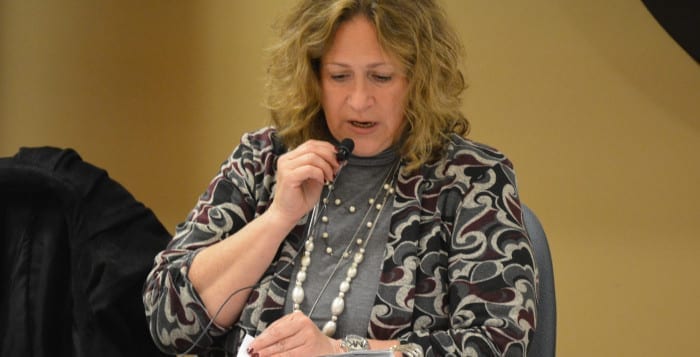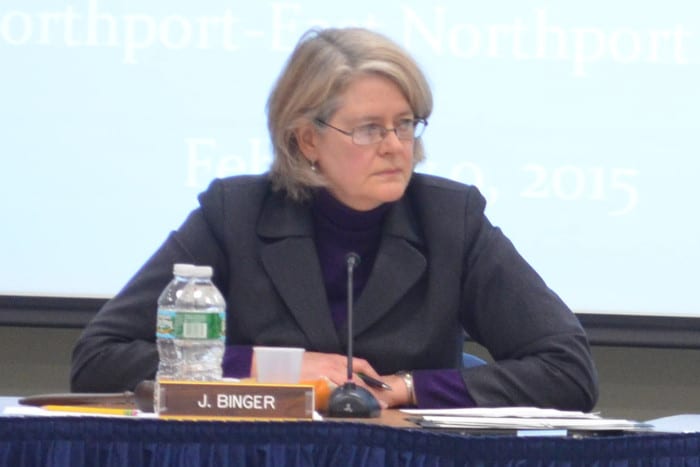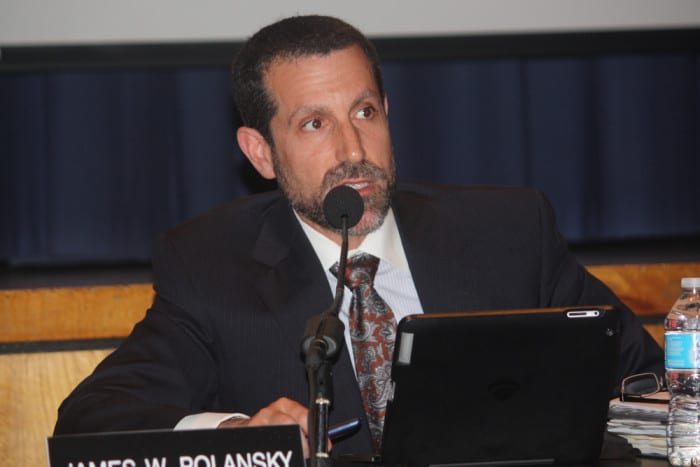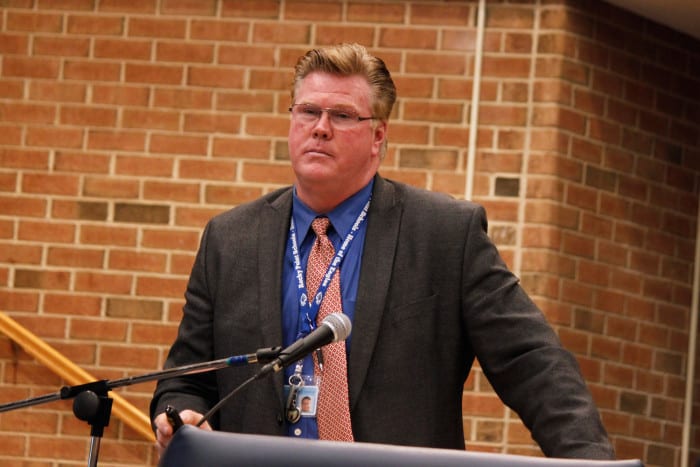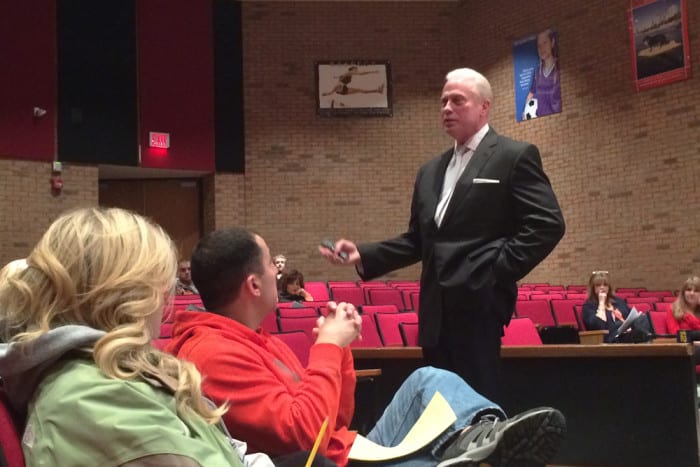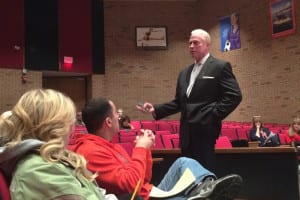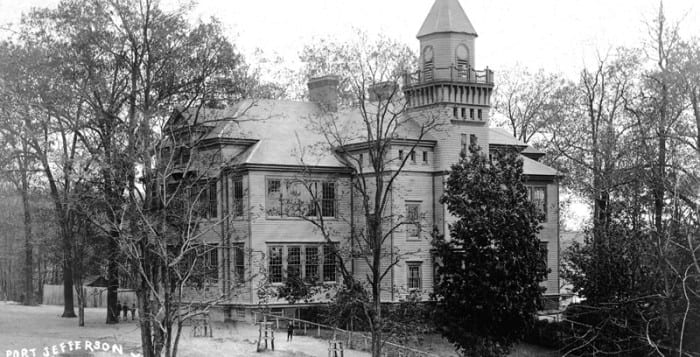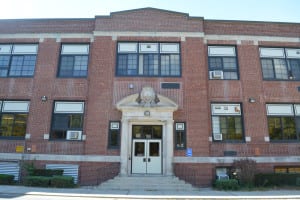Eight veteran teachers from the Miller Place school district will take advantage of a recently approved retirement incentive, according to district Superintendent Marianne Higuera.
The teachers are set to retire at the end of this school year, and will be given a one-time lump sum of $20,000, according to the agreement reached between the district and the Miller Place Teachers Association at the end of February.
“We wish them the best as they begin to not set their alarm clock,” Higuera said in an interview following a March 25 school board meeting.
In order to receive the incentive, the teachers must be at least 55 years old, a full-time salaried district employee and have served a minimum of 10 years in the district and the New York State Teachers’ Retirement System. They’ll be eligible to receive any applicable contractual retirement benefit, as well.
According to Higuera, the school district plans on replacing each position with a new hire as long as the budget, which the school board adopted on March 25, is approved. While she wouldn’t name the teachers retiring, Higuera said they work in the art, music, speech and elementary fields. It is unclear what sort of savings, if any, the district will enjoy from the retirements.
The adopted 2015-16 budget, which will be up for a vote on May 19, stays within the district’s tax levy increase cap of 2.85 percent.
If the district’s total assessed property value stays flat, residents will see a tax rate of nearly $260 per $100 of assessed value, an increase of a little more than $7 from the current year.
The proposed $70 million budget increases are just shy of $1 million from the current year, and all programs are maintained. In addition, the district will add new instructional initiatives, student support services and extracurricular activities. New courses, such as sports medicine, a performance class and an English elective will be offered.
The district will also implement an English language learners program, for students whose primary language is not English. According to the district, there are 25 students who speak 11 different languages and the program is catered toward those students.
According to a budget presentation, the district will increase its contribution to its capital fund by $50,000 to bring the total yearly contribution to $150,000. The monies will be used for future capital project work.
The budget also allocates for a one-time payment of $32,673 for a food services software program, as the district still uses pen and paper to track lunch purchases.
Earlier this year, board President Mike Unger said he was pleased the district stayed within the tax cap, while still maintaining programs and staff.
“This is all due to the fiscal excellence of our district and sheds light on the collaborative relationship we share with our valued employees and partners in education,” Unger said. “This is a great budget for the students, parents, staff and taxpayers.”

